
Climate Change Overview
Climate change is one of the most pressing issues facing our planet today, and its significance cannot be overstated. It is a global problem that affects every aspect of our lives, from the environment to the economy, and if left unchecked, it has the potential to cause devastating consequences
In this essay, we will explore why climate change is so important and why urgent action is necessary to mitigate its effects.
The Environment
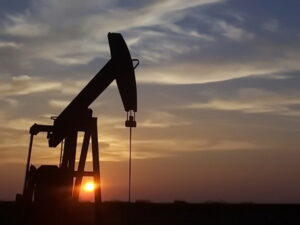
First and foremost, climate change also referred to as ‘global warming’, poses a major threat to our ecosystem. The Earth’s climate is a complex entity, and any changes to it can have far-reaching consequences.
The continuous rise in greenhouse emissions such as pollutants from cars, planes and industrial complexes is what is causing temperatures to rise.
For example, these rising temperatures and changing rainfall patterns can lead to more frequent natural disasters such as hurricanes, floods, and droughts. These weather events can destroy homes and infrastructure.
The temperature has risen about 1.8 degrees F (1 C) over the last century, but most of this rise has occurred within the last four decades.
If this small rise in temperature doesn’t sound significant, it is and has already caused numerous issues across the globe.
The natural disasters that are occurring because of this can also lead to a significant economic burden, as governments and individuals would be forced to spend billions of dollars to rebuild damaged infrastructure and homes, as discussed later in this article.
Upsetting the Balance of Nature
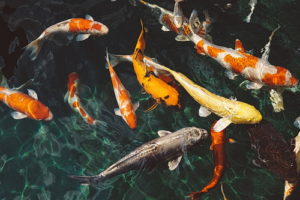
Wildlife will not be immune to this changing environment. As temperatures rise, it is becoming increasingly difficult for some animals to adapt.
Some species could become endangered or even go extinct, and even now, polar bears are struggling to find food as the Arctic ice melts, and coral reefs are dying due to rising ocean temperatures.
The potential results can have problematic effects on our crops and argriculture. Crop failures will lead to increased food prices and potential famine in certain parts of the world. Disruption in supply chains can lead to food and water shortages.
A negative change in the climate will also cause sea levels to rise, which can lead to flooding and erosion of coastlines, further exacerbating the damage caused by natural disasters.
The Human Effect

Climate change can have a significant impact on our health. As temperatures rise, so does the risk of heat-related illnesses such as heat stroke and dehydration.
Increased air pollution due to industrialization and deforestation can result in respiratory problems, heart disease, and even cancer. It can also lead to the spread of diseases such as malaria and dengue fever, as warmer temperatures create more favorable conditions for disease-carrying insects to proprogate and spread to new regions.
Poor air quality resulting from increased pollution can exacerbate the situation as well. Respiratory problems such as asthma may be more commonplace and can also increase the risk of heart disease and stroke.
These health issues will disproportionately affect vulnerable populations, such as children, the elderly, and people with a pre-existing medical conditions. In populated communities, such as large cities, they can increase exponentially.
The Economy
As extreme weather events become more frequent, there is an increasing risk of damage to infrastructure, such as buildings, roads, and bridges. In addition, its impact on prices for food will be detrimental across the world. Building sea walls and other protective infrastructure, is likely to be more common and subsequently very costly.
Is There Light At the End of the Climate Tunnel?
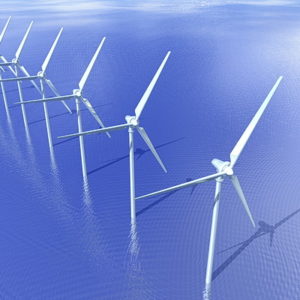
The transition to a low-carbon economy can create economic opportunities, such as the development of renewable energy sources and the creation of green jobs. ant economic issue. The effects of climate change can disrupt agriculture, leading to lower crop yields and higher food prices. This can have a disproportionate impact on low-income countries, where agriculture is a significant part of the economy.
Given the significant impacts of climate change on the environment, human health, and the economy, we must take action to address this problem. The good news is that there are many things that individuals, governments, and businesses can do to mitigate the effects of climate change.

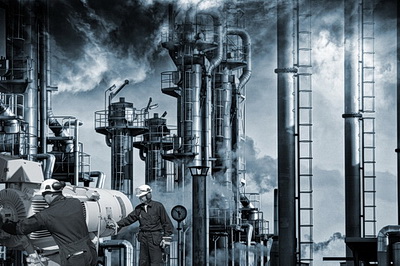

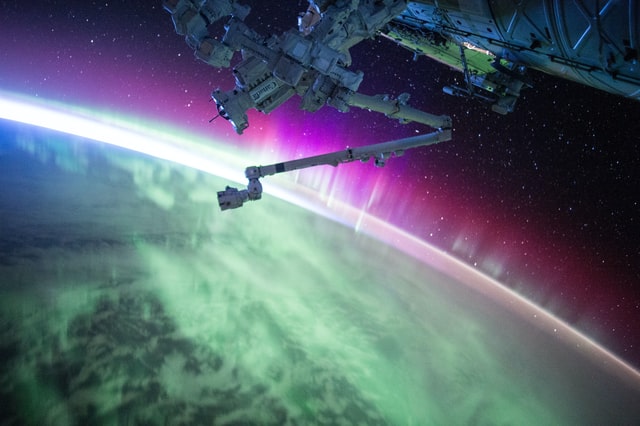
 The Troposphere
The Troposphere

